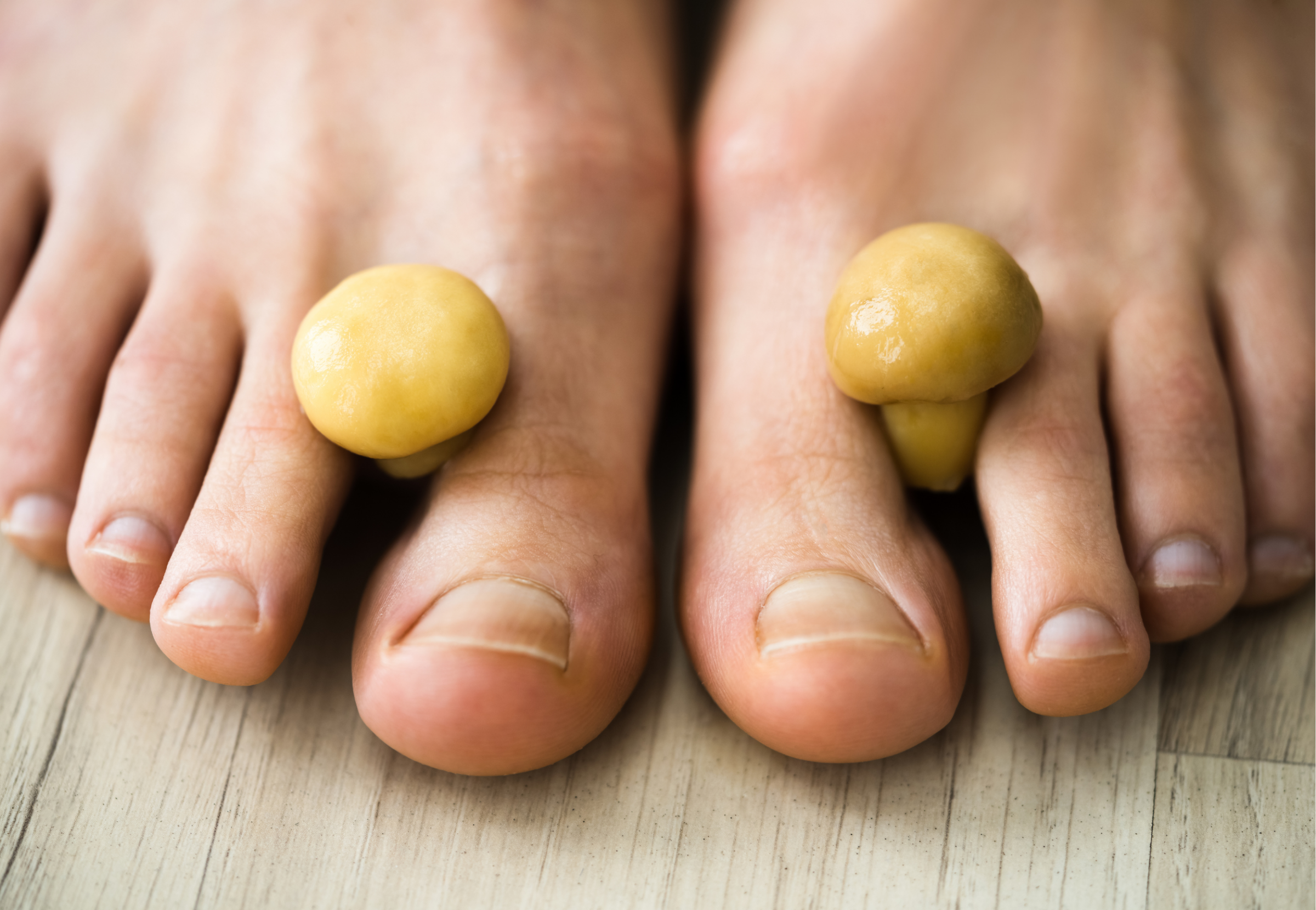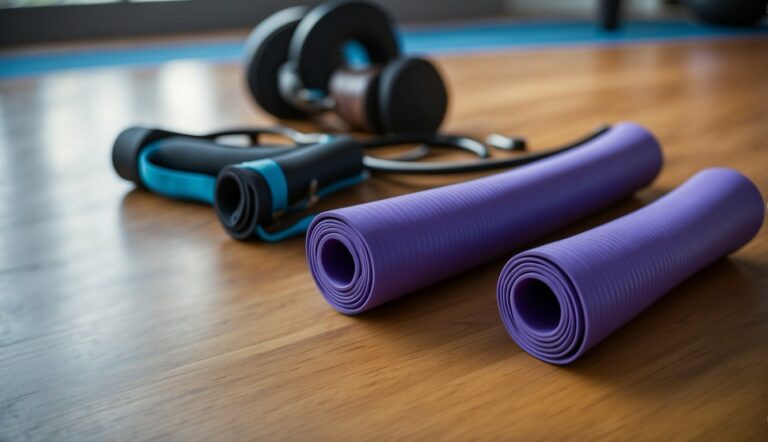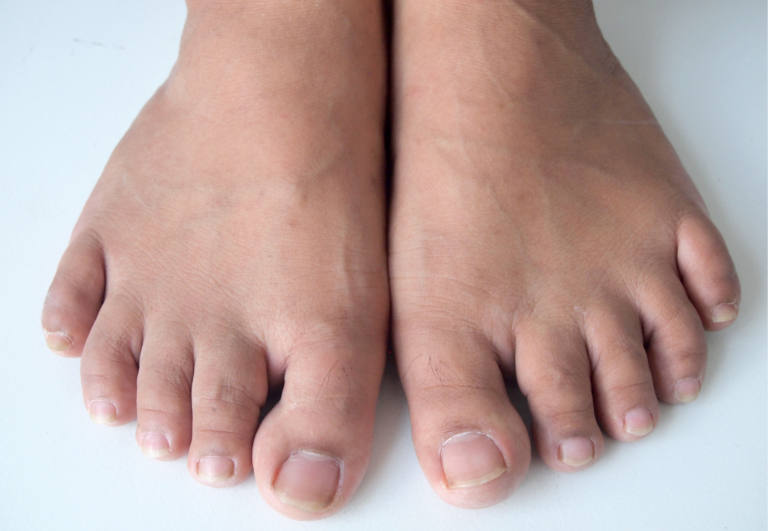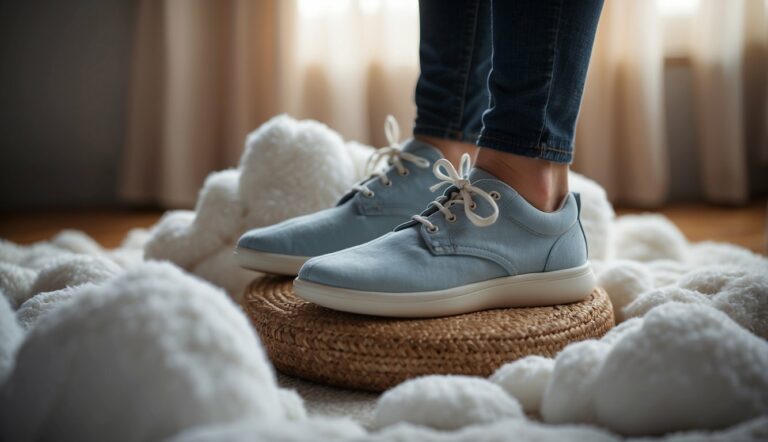How Toe Spacers Can Reduce the Risk of Fungal Infections: Potential Protective Benefits
Toe spacers have steadily gained attention for their role in maintaining foot health and comfort. As a toe spacer enthusiast, I’ve observed how these simple devices can make a significant difference. They are designed to spread the toes apart, promoting a more natural toe alignment, which can be especially beneficial in preventing conditions like blisters, corns, and calluses.
The separation of toes can also play a crucial role in reducing the risk of fungal infections. By keeping the toes apart, toe spacers enhance airflow and reduce moisture buildup between the toes, which are both common culprits in the development of athlete’s foot and other fungal-related issues. Maintaining dry feet is key to a healthy foot environment, with the added benefit of increased comfort during daily activities.
While toe spacers are not a cure-all, their use can be a simple yet effective addition to one’s foot care regimen. They offer an easy way to support overall foot health, and when combined with proper hygiene and appropriate footwear, toe spacers can contribute to keeping your feet in good shape.
How Toe Spacers Can Reduce the Risk of Fungal Infections
Toe spacers can help reduce the risk of fungal infections by addressing the environment in which fungi typically thrive.
Here’s how they can be beneficial:
- Improved Airflow: By separating the toes, spacers increase airflow around and between the toes. Fungi tend to grow in moist, warm, and poorly ventilated environments, so improved air circulation can make the area less hospitable for fungal growth.
- Reduced Moisture: Toe spacers can help keep toes drier by preventing them from overlapping, which is particularly important as moisture can accumulate between closely positioned or overlapping toes. A drier environment helps prevent the conditions that allow fungi to flourish.
- Decreased Friction and Pressure: When toes rub against each other, they can create small abrasions or areas of softened skin, which can be entry points for fungi. Toe spacers reduce this friction and pressure, potentially decreasing the likelihood of fungal infections.
- Better Hygiene: Separated toes are easier to clean thoroughly during regular washing, which can reduce the presence of fungi and other pathogens. Good foot hygiene is essential in preventing fungal infections.
- Reduced Risk of Ingrown Toenails: Toe spacers can promote proper nail alignment and reduce the risk of ingrown toenails, which can become infected with fungi.
It’s important to note that while toe spacers can contribute to an environment that is less conducive to fungal infections, they should be used as part of a broader approach to foot health. This approach includes maintaining good foot hygiene, wearing breathable footwear, keeping feet dry, and avoiding walking barefoot in communal wet areas where fungal infections are easily spread.
Remember, if you suspect you have a fungal infection, it’s important to consult with a healthcare professional for proper diagnosis and treatment. Toe spacers can be a helpful preventive measure but are not a substitute for medical treatment.

Biomechanical Benefits of Toe Spacers
Toe spacers are designed to address and enhance the biomechanical functioning of the feet by promoting better balance, stability, and mobility.
Improving Foot Balance and Stability
Balance and stability form the foundation of healthy foot mechanics. I have observed that toe spacers contribute significantly to this foundation by correcting the natural position of the toes:
- Balanced Toe Alignment: They encourage toes to spread naturally, which can distribute weight evenly across the foot.
- Enhanced Stability: This even weight distribution achieved with toe spacers can lead to improved stability when standing or in motion.
Enhancing Toe and Foot Mobility
Mobility is another crucial factor in foot health, and toe spacers can be effective here:
- Facilitated Muscle Movements: By keeping toes separated, the spacers allow for more freedom of movement, which can help strengthen intrinsic foot muscles.
- Increased Range of Motion: Regular use of toe spacers can lead to increased mobility in the toes, which is essential for various activities and exercises.
Toe Spacers in Preventing and Mitigating Foot Conditions
Toe spacers, designed to separate and align the toes, can effectively prevent and alleviate several common foot conditions by maintaining the proper position of the phalanges.
Alleviating Pain from Bunions and Hammertoes
As a user of toe spacers, I’ve observed their benefit for individuals with bunions and hammertoes. Bunions, a bony protrusion at the base of the big toe, can cause significant discomfort. Toe spacers work by separating the toes and reducing the pressure that exacerbates bunion pain.
Hammertoes, which are toes that bend downward, can also be painful due to the unnatural bending of the joints. By positioning the toes in their natural alignment, toe spacers help in relieving the stress on the toe joints and therefore mitigating pain from hammertoes.
Prevention Tips for Bunions and Hammertoes:
- Consistently use toe spacers to maintain proper toe alignment.
- Avoid shoes that cramp the toes and opt for those with a wider toe box.
Preventing Calluses, Corns, and Overlapping Toes
Corns and calluses often develop due to constant friction and pressure on specific areas of the foot. Toe spacers can prevent these painful and hard patches of skin by keeping the toes apart, reducing friction and pressure. Overlapping toes, which occur when one toe lies on top of another, often lead to an increased risk of corns and calluses. By using toe spacers, you enable the toes to lie flat and minimize overlapping, which in turn reduces the potential for these skin conditions.
Simple Foot Care Practices:
- Regularly place toe spacers between your toes to prevent skin irritation.
- Choose well-fitted footwear that allows space for toe movement.
By incorporating toe spacers into your foot care routine and choosing appropriate footwear, you can help prevent and manage foot conditions such as bunions, hammertoes, corns, calluses, and overlapping toes.
Role of Toe Spacers in Enhancing Circulation and Foot Strength
Toe spacers are integral in promoting better circulation and building foot strength, essential for both everyday foot health and peak athletic performance.
Boosting Blood Flow and Muscle Strength
Toe spacers play a crucial role in enhancing blood flow to the feet by ensuring proper alignment of the toes. By separating the toes, spacers allow for more space between each toe, reducing the pressure and friction that can constrict blood vessels. Improved circulation then brings about a cascade of benefits:
- Nutrient-rich blood reaches the muscles more efficiently.
- Toes become less cramped, reducing the risk of fungal infections.
- Enhanced blood flow aids in muscle recovery and strength building, especially critical for athletes who engage in activities that put a lot of strain on their feet.
Using toe spacers as a part of my regimen has allowed me to notice a marked improvement in the strength of the intrinsic muscles of my feet. This strength supports better balance and stability, whether during a brisk walk or rigorous sporting activity.
Contribution to Recovery and Athletic Performance
Consistent use of toe spacers can contribute significantly to recovery processes post-exercise. By aligning the toes and improving circulation, they help in:
- Decreasing the risk of inflammation caused by poor blood flow.
- Accelerating recovery time by promoting the removal of waste products built up in the foot muscles.
For athletes, a consistent foot routine that includes toe spacers may result in noticeable gains in athletic performance:
- Foot strength is essential for a solid foundation, enhancing overall balance and agility.
- Properly aligned toes foster a more even distribution of weight, allowing for more efficient movement and reduced injury risk.
In my practice of using toe spacers, I’ve observed these benefits firsthand and have seen their positive impact not just on myself but also on other athletes seeking to improve their foot health and performance.
Practical Considerations for Toe Spacer Usage
Using toe spacers can be a beneficial practice to maintain healthy toes and reduce the risk of fungal infections. Here are some specific steps to consider in selecting and using toe spacers effectively in your daily routine.
Selecting the Right Toe Spacers
Material and Comfort: Select toe spacers made from soft, durable materials such as silicone or gel that offer comfort while wearing them. The material should also be easy to clean to maintain hygiene and prevent fungal growth.
Size and Fit: Toe spacers come in various sizes; finding the right fit is crucial for effectiveness and comfort. They should apply gentle pressure without causing pain or discomfort.
Price and Quality: Evaluate the price against the quality and durability of the toe spacers. Investing in a slightly more expensive pair might provide better longevity and comfort in the long run.
Integrating Toe Spacers into Daily Routine
Timely Usage: Introduce toe spacers into your routine gradually, starting with short periods and increasing as your toes adjust. This avoids overstraining your feet and toes.
Footwear Considerations: Ensure your footwear has enough room to accommodate toe spacers. Shoes with a wider toe box are preferable to prevent negating the benefits of toe alignment provided by the spacers.
Exercises: Complement toe spacer usage with foot exercises that strengthen your toe muscles and enhance toe alignment. This holistic approach contributes to overall foot health and reduces the risk of infections.
By considering these practical aspects, you can integrate toe spacers into your life effectively and gain the maximum benefits for your foot health.
Toe Spacers and Their Materials
Toe spacers are a practical tool for promoting foot health by maintaining proper toe alignment. It’s important to know that the effectiveness of toe spacers largely depends on the type used and the materials they’re made from.
Types of Toe Spacers
There are various toe spacers available, but they all serve the same fundamental purpose: to keep toes in their natural position. This can be crucial when countering the negative effects of tightly-fitting shoes, which often push the toes together. There are rigid spacers for more substantial correction, and more flexible varieties that are comfortable for everyday wear. When looking for toe spacers that suit me best, I pay close attention to their design and the level of support they offer.
Benefits of Silicone and Gel Materials
Both silicone and gel toe spacers offer distinct advantages:
- Silicone: These spacers are durable and can be cleaned easily, making them a hygienic option for long-term use. Silicone has just the right balance of flexibility and firmness, making it a popular choice for toe spacers.
- Gel: Gel spacers conform to the foot shape and can provide more gentle, targeted separation. The material is soft, which I find excellent for sensitive skin, and tends to be less noticeable when walking.
In my experience, these materials also reduce skin irritation and friction between toes, effectively minimizing the risk of fungal infections since they allow for better air circulation around the toes. A comfortable fit and appropriate spacing are crucial factors in preventing toe crowding, and thus, maintaining foot health.





